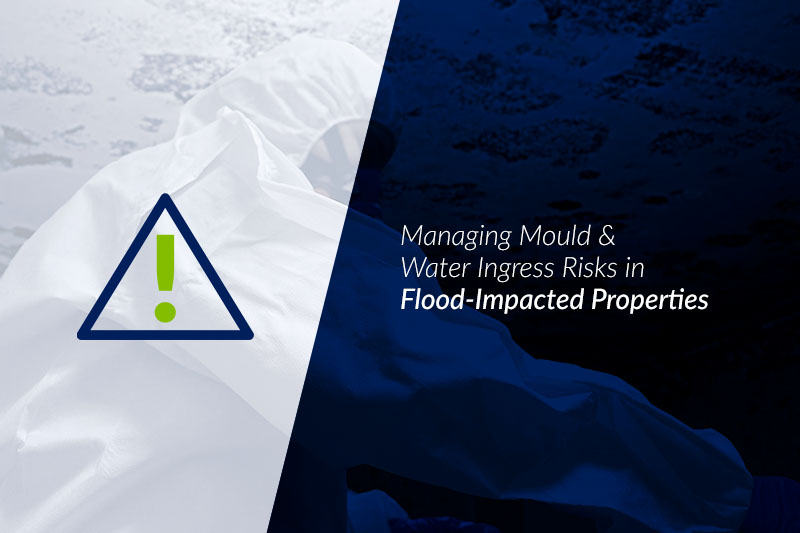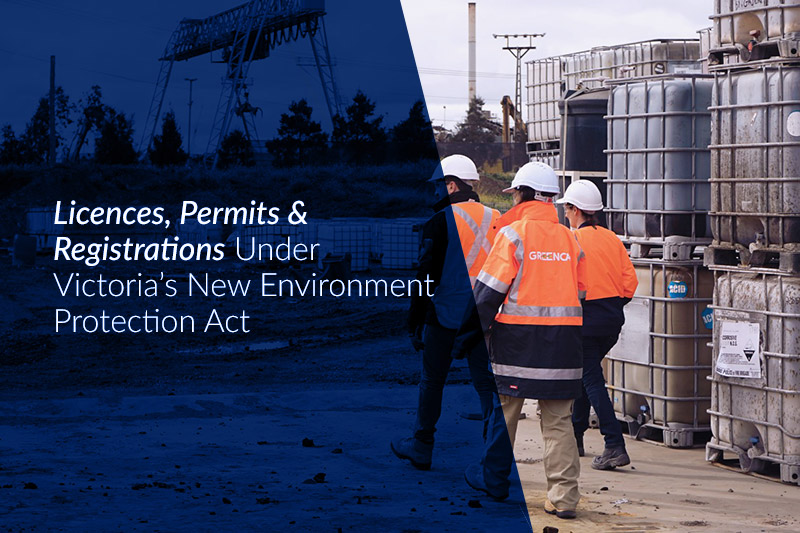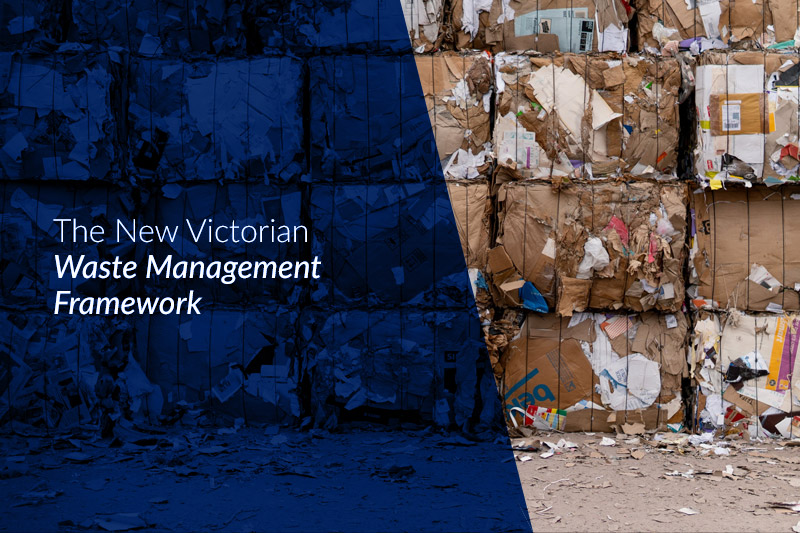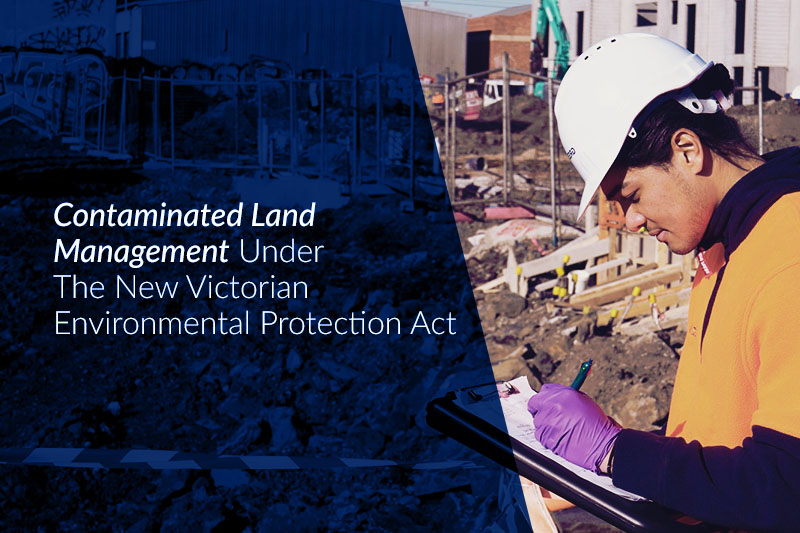News & Insights
Managing Mould & Water Ingress Risks in Flood-Impacted Properties
With recent widespread flooding occurring across New South Wales, many homes and facilities have been impacted by the flood waters. After these large-scale water events, mould can become a critical issue for the property, occupant health, and the salvageability of items within it. As people return to these properties to clean up and restore, it is important to understand what can and cannot be salvaged, and how to appropriately manage the risks of mould.
What items can be saved from a flood impacted property?
Hard and non-porous items, such as plastic and metals can generally always be saved. Mould growth cannot penetrate the materials these items are made of and they can often be cleaned by a combination of soap, disinfectant and gentle scrubbing.
Soft furnishings such as pillows and couches are very difficult or impossible to completely clean if they become mouldy, and this process is generally not cost effective. Some items may be professionally laundered, but once mould growth has penetrated pillows and foams, it is unlikely that cleaning or disinfecting alone will remove all mould growth.
Clothing may be salvageable if it professionally laundered, however natural fibres such as cotton may degrade if mould growth is extensive and may be permanently discoloured.

Paper items, books and photographs are also very hard to clean and often are degraded by the growth of mould. If the item is important, it may be possible to damp wipe or vacuum the item allowing it to be photocopied before requiring disposal in most cases.
Electronic items are almost always unsafe to use or keep once they become wet.
How to keep your property dry and reduce mould growth
Large porous or absorbent items such as couches and rugs will hold large amounts of water, removing them from the property (or above the water level) will reduce the volume of trapped water and assist in drying.
Move large items of furniture away from walls and up off of carpets to increase airflow and reduce trapped moisture and if possible, remove these items to a dry well-ventilated area.

If it is safe to do so, increasing the air flow through the house will assist in reducing trapped moisture and allow wet items to dry reducing the accumulated high indoor humidity. This could include opening doors and windows, opening cupboards to allow contents to ventilate, and using fans if power is connected and flood waters have receded.
Be careful when working in and near flood water. Cloudy water might hide hidden hazards, sharp items or holes, and may be contaminated with chemical contaminants and pathogenic bacteria and sewage.
Warning signs of mould to look out for
Mould growth may not be obvious if moisture has become trapped inside wall cavities. You may be able to check if wall linings are holding trapped moisture by looking for swelling or warping, popped screw heads, or degradation of paint or surface costings, whilst ceilings will tend to sag or bow if they have become wet. Most hardware stores sell domestic moisture meters which can be used to check the condition of materials, but timber frames hidden in walls may be hard or unsafe to access.

Musty odours often signal the presence of hidden mould growth, which is generally followed by the appearance of brown, black or green discolouration on surfaces. This may occur in areas of low air flow first such as behind furniture against walls, so check those areas right away.



Industry News
Risk Review
News
Mid-Coast Outreach & Greencap - Helping to keep communities safe and supported
Risk Review
The Asbestos Register – A cornerstone for managing asbestos
Greencap acknowledges the Traditional Owners of Country throughout Australia and recognises their continuing connection to land, waters and culture. We pay our respects to their Elders past, present and emerging.







